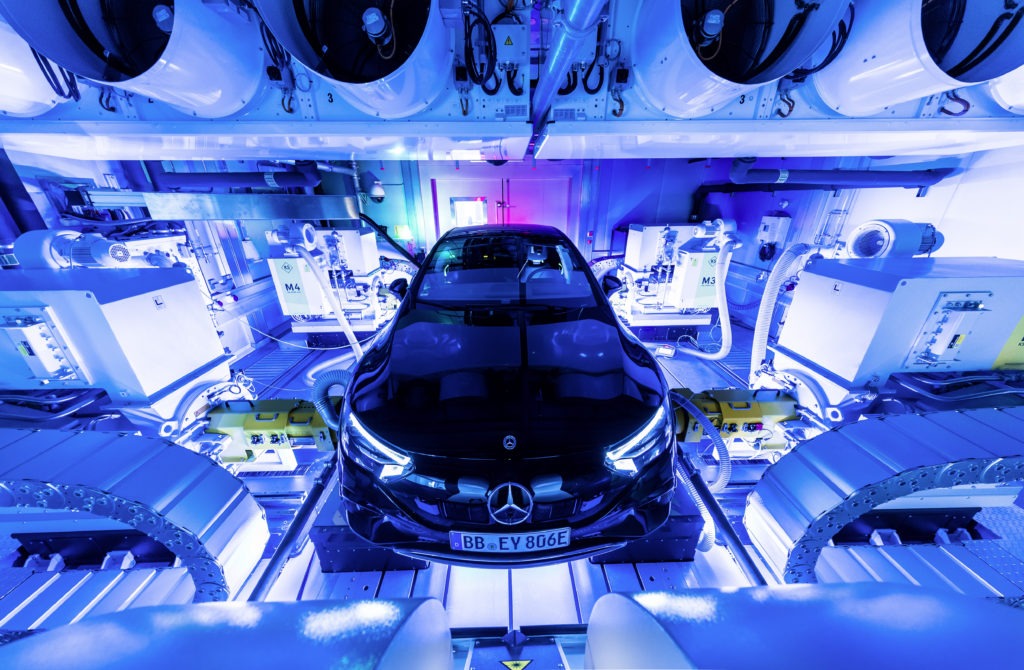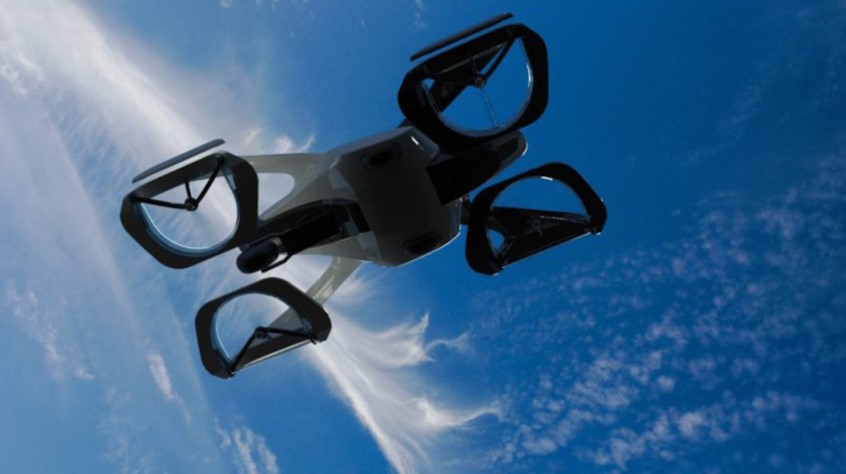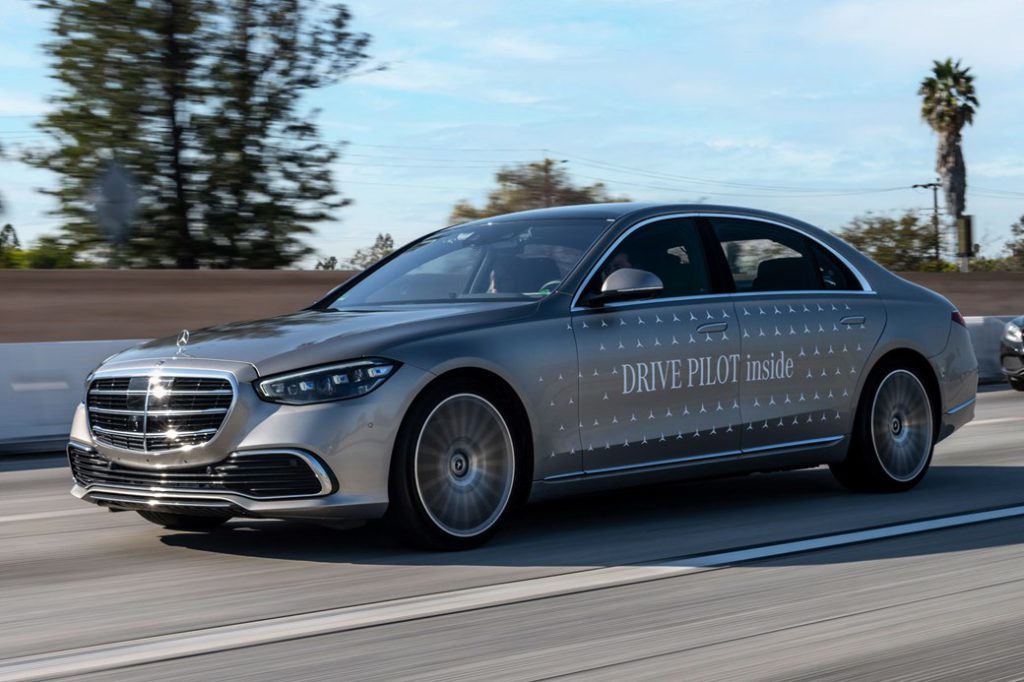Mercedes-Benz opens electric software hub in Germany
15 April 2022

Looking to advance its electric vehicle and software capabilities, Mercedes-Benz has invested over €200 million in a new dedicated facility.
The Electric Software Hub at the Mercedes Technology Centre in Sindelfingen, Germany, will work on software, hardware, integration, and testing. Roughly 1,000 new software-development jobs are being created at the site. A further 2,000 are being added to the corresponding global research and development (R&D) network.
Mercedes-Benz wants to lead in electric drivetrains and car software. From 2025, all the carmaker’s new vehicle architectures will be electric. Meanwhile, it is taking a holistic approach to software, from basic R&D to full-on coding. This makes investing in facilities like the Electric Software Hub a clear strategic play for the company.
‘The Electric Software Hub is an epicentre of our research and development and at the same time closely networked with the worldwide production sites,’ said Markus Schäfer, member of the board of management of Mercedes-Benz, and chief technology officer responsible for development and procurement.
‘This is where key aspects of the future of Mercedes-Benz become reality – especially our own MB.OS operating system. Cars are among the most complex products in general. The hardware and software are decoupled and must work together perfectly. We ensure this in the Electric Software Hub. It is our software-integration factory,’ he added.
Digitally-driven electric vehicles
Mercedes-Benz recognises how digital control units are taking charge of more complex automotive tasks, from infotainment systems to driving-assistance programmes and electric drivetrains. Integrating these technologies is not a simple or clearly defined task, with vehicle development now stretching far further than the factory, thanks to over-the-air (OTA) updates.
The Electric Software Hub will deploy 1,100 experts from 19 cross-functional departments to increase both the pace and quality of integration. The new building covers some 70,000 square metres of space spread over eight floors.
The upper floors focus on pre-integration and code creation. Virtual technologies mean different software packages can function correctly together. This testing helps shorten development time and fast-track programme maturity. A virtual vehicle can even be taken on a digital test drive through a simulated environment.

Physical prototypes
However, not all the vehicles in the Electric Software Hub are virtual. Drivable prototypes are kept on the fourth level. Data produced through these tests can be used in a short amount of time thanks to the building’s fibre-optic technology.
The three lower levels house laboratories, workshops, and test benches. This is where the challenging real-world conditions can be reproduced. Benches allow testing at temperatures from -30 to 50 degrees and speeds of up to 250kph.
The Electric Software Hub also boasts 250 charging points allowing many vehicles to charge simultaneously at any time. More importantly, this infrastructure can replicate the different global standards, including high-power units, all of which helps prepare new electric vehicles for the real world.

‘The Electric Software Hub will be the technical hub of digitalisation. With this software-integration factory, we are consistently pursuing the path towards e-mobility and shaping the change towards a software-driven mobility provider,’ said Ergun Lümali, deputy chairman of the supervisory board and chairman of the works council of Mercedes-Benz. ‘The investments that have been made here are not only of enormous importance for the future viability of the Sindelfingen location, but also a clear commitment to Germany as a business location – and the global crises make it very clear how crucial this is.’



